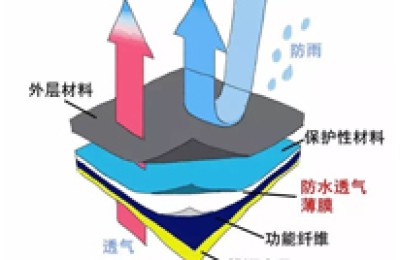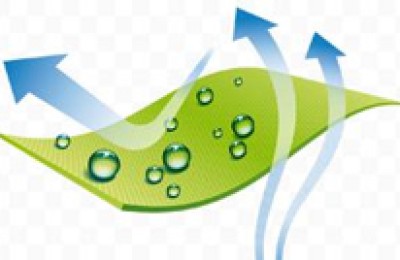How to detect the vigor rate of cotton seeds
The vitiligo rate is an important indicator for judging the maturity of cotton seeds. Under the condition that the cotton seed moisture reaches the national standard, the higher the vitiligo rate and the higher the germination rate. In seed production, the healthy seed rate of hairy seeds is required to be above 75%, and the healthy seed rate of complete seeds is required to be above 85%.
The healthy seed rate is the percentage of the number of healthy seeds remaining in the net seed sample after removing broken seeds, tender seeds, small seeds, thin seeds and other poorly matured cotton seeds, to the total number of seeds in the sample. The detection of cotton seed hairiness rate mainly includes scissors method, boiling water method and sulfuric acid delinting method.
Scissor method: Randomly take 4 samples from the clean seeds, 100 seeds each, cut them one by one with scissors or a razor blade, then watch and identify according to color and fullness. Those with novel color, obvious oil spots, and plump kernels are considered Jianzi; those with light brown or dark brown color, no obvious oil spots, and shrunken kernels are non-Jianzi.
Boiling water seed scalding method: Randomly take 4 samples from the clean seeds, 100 seeds each, place the samples in small beakers, blanch them in boiling water and stir for 5 minutes, until the cotton seeds become lint After soaking and pouring, take it out and place it on a white porcelain plate, and identify it based on the difference in color of the seed coat. Those with black, dark brown or dark red seed coats are mature seeds, that is, healthy seeds; those with light brown, light red, or yellowish white are immature seeds, that is, non-healthy seeds.
Sulfuric acid delinting method: Randomly take 4 samples from the clean seeds, 100 seeds each, place the samples in glasses, pour a small amount of 95% concentrated sulfuric acid, stir for 1 to 2 minutes, wait After all the cotton linters are corroded, rinse quickly with clean water several times until the water is clear and no longer turbid. Place the delinted seeds in a white porcelain dish and identify them based on the difference in color of the seed coat. The identification standard is the same as the boiling water scalding method.
The healthy seed rate (%) = (the number of cotton seeds for inspection – the number of non-healthy seeds) × 100 / the number of cotton seeds for inspection, take the average of 4 measurement results.
AAAGFREGRTTHR
Disclaimer:
Disclaimer: Some of the texts, pictures, audios, and videos of some articles published on this site are from the Internet and do not represent the views of this site. The copyrights belong to the original authors. If you find that the information reproduced on this website infringes upon your rights, please contact us and we will change or delete it as soon as possible.
AA







